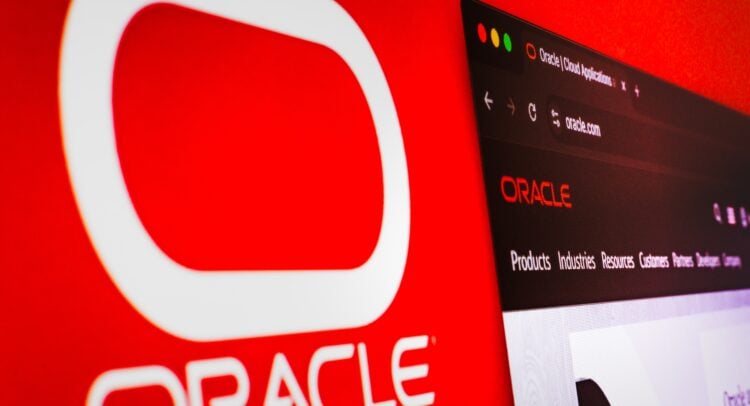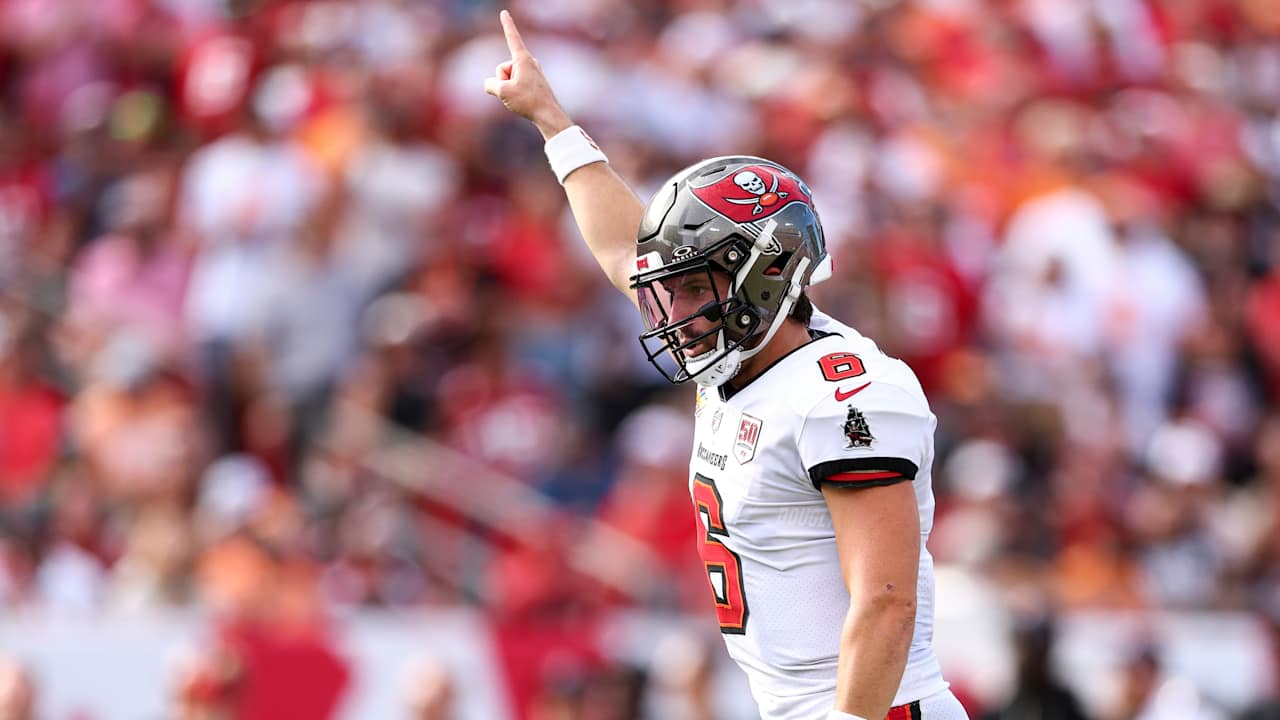Seattle Mariners catcher Cal Raleigh blasted his 48th and 49th home runs on Sunday in back-to-back at-bats in the first two innings against the Athletics, breaking Salvador Perez‘s record for most home runs in a season by a catcher.
While Raleigh’s season hasn’t exactly come out of nowhere — he reached 30 home runs the previous two years — the fact that we’re not even in September yet certainly makes his power exploits even more impressive.
In honor of his record-breaking season, let’s dig into some of the numbers around his 2025 campaign. And with Raleigh closing in on 50 home runs, we’ll also break down where his season ranks among the most surprising 50-homer seasons in MLB history.
Cal Raleigh stands alone!
Big Dumper is the first catcher in @MLB history to reach 49 home runs in a single season. #TridentsUp pic.twitter.com/jVllJypOGr
— Seattle Mariners (@Mariners) August 24, 2025
So, is this the greatest power-hitting season ever from a catcher?
If you want to get technical about it, this is open for discussion. Like Perez with the Kansas City Royals in 2021, Raleigh has benefited from some DH time, with nine of his home runs coming as a DH. Perez’s figures were even more extreme, with 15 of his 48 home runs coming as a DH.
The record for home runs while only playing catcher belongs to Javy Lopez, who hit 42 for the Atlanta Braves in 2003 in just 117 games (he hit one more as a pinch-hitter). That was an impressive season for Lopez, who hit .328/.378/.687 with a 1.065 OPS. He fell seven plate appearances short of the 502 needed for official qualification, otherwise his OPS would rank as the second-highest ever for a catcher (behind Mike Piazza’s 1.070 in 1997) and his .687 slugging as the highest ever (Piazza slugged .638 in ’97). (And we would be remiss not to mention Josh Gibson’s hitting heroics in the Negro Leagues, as he topped both those figures multiple times.)
Raleigh leads the majors in home runs, which would put him alongside Johnny Bench as the only catcher to lead the majors if he maintains his lead over Kyle Schwarber and Shohei Ohtani. Bench, who topped the majors with 45 home runs in 1970 and 40 in 1972, played 158 games in 1970 and 147 in 1972, occasionally playing other positions when he wasn’t catching in lieu of the option to DH.
Could any other catcher in history have hit this many?
Lopez would have been the obvious candidate. Raleigh will soar past 600 plate appearances; Lopez’s home run rate prorated to 625 plate appearances gets him to 54 home runs. Piazza hit 40 home runs in 1997, but did bat 633 times while playing in 152 games, so you can’t really fudge more than a few extra home runs, even if he had more DH opportunities. Roy Campanella hit 41 for Brooklyn in 1953, batting 590 times while playing 144 games (although starting just 130). Give him the 162-game schedule and some DH starts and maybe he gets close to 50. Todd Hundley is the only other catcher with a 40-homer season, hitting 41 for the 1996 New York Mets in 624 plate appearances.
While Raleigh has slowed down since the All-Star break, especially in the batting average department, his season is also particularly impressive because he’s doing this in a very pitcher-friendly home park. He’s hitting .223/.317/.572 with 24 home runs at home and .269/.385/.614 with 25 home runs on the road. His home run rate is similar, but no doubt he has lost a few home runs to the marine layer in Seattle. To hit 50 home runs in a tough home run park as a catcher playing almost every game is a stunning accomplishment.
Are there any other records Raleigh can break?
Glad you asked. It feels like the record for home runs by a switch-hitter isn’t getting enough publicity. Mickey Mantle — now that’s a big name — holds the mark with 54 in 1961. Indeed, he’s the only switch-hitter with a 50-homer season, also hitting 52 in 1956. Raleigh is now third on the all-time list, having soared past Lance Berkman and Chipper Jones, who had 45 in their best seasons. He’s projected to surpass that 54 mark, so this could be the next record to fall.
Then there’s the Mariners team record: Ken Griffey Jr. had back-to-back 56-homer seasons in 1997 and ’98. With 31 games left on the Mariners’ schedule, Raleigh has certainly put that total in play as well.
What were the most surprising 50-homer seasons?
Once he hits No. 50, Raleigh will have the 51st season in MLB history with 50 home runs — by 33 different players.
Which of those were most surprising? Obviously, there were a lot of goofy home run totals from the steroid eras, and a couple of those seasons crack our top seven list:
7. Luis Gonzalez, Arizona Diamondbacks, 2001 (57)
Gonzalez topped 30 home runs just one other time in his career (31 in 2000) but hit .325/.429/.688 with 57 home runs and 142 RBIs in the D-backs’ World Series-winning season. The offensive numbers were so extreme in the NL in 2001, however, that Gonzalez finished just third in home runs (behind Barry Bonds and Sammy Sosa) and third in the MVP voting.
6. Roger Maris, New York Yankees, 1961 (61)
Maris’ historic season obviously can’t be considered a complete fluke considering he hit 39 home runs and won the AL MVP Award in 1960, but breaking Babe Ruth’s home run record of 60 set in 1927 is one of the great achievements in MLB history. That was the year that MLB expanded, and Maris’ teammate Mickey Mantle also hit 54 home runs, while three other American Leaguers hit at least 45.
5. George Foster, Cincinnati Reds, 1977 (52)
Foster had hit 29 home runs in 1976 and would follow up his 1977 MVP season with 40 home runs in 1978, but he hit 30 home runs just one other time (30 in 1979). His ’77 season also stands out because it was the only 50-homer season between Willie Mays in 1965 and Cecil Fielder in 1990. Foster did benefit from a new, livelier ball, after MLB switched its manufacturer from Spalding to Rawlings. The NL batting average increased from .255 to .262 in 1977 and home runs per game increased 47%, from .057 to 0.84.
4. Aaron Judge, New York Yankees, 2017 (52)
3. Pete Alonso, New York Mets, 2019 (53)
These seasons don’t look so surprising in retrospect, but both were shocking at the time since they occurred in their rookie seasons, with Judge setting a record in 2017 and then Alonso breaking it just two years later. Both were regarded as good prospects — but not great ones. Judge was No. 44 on ESPN’s preseason Top 100 list in 2017 while Alonso was No. 90 in 2019. Judge had hit just 19 home runs in the minors in 2016 (in 93 games), although his raw power was obvious; Alonso had hit 36 in the minors, so at least looked like your more prototypical hitting prospect.
Alonso’s year, in particular, is fascinating because he wasn’t even guaranteed a roster spot entering the season — the Mets had publicly mentioned his defense as a reason he hadn’t been called up in 2018. They also had a crowded field contending for first base in spring training: former top prospect Dominic Smith, Todd Frazier and J.D. Davis (both couldn’t play third base), as well as Jed Lowrie, who the Mets had signed as a free agent but couldn’t play at second base because they had traded for Robinson Cano. Lowrie hurt his left knee in spring training and Frazier was also injured at the start of the season while Alonso had a strong spring, earning the starting job over Smith.
2. Jose Bautista, Toronto Blue Jays, 2010 (54)
Bautista was a 29-year-old journeyman coming off a 13-homer season, so he stunned everyone with this 54-homer season. He had overhauled his swing and started not only hitting the ball in the air more but pulling it much more often (his pull rate improved from 34% to 49%). He would prove it wasn’t a fluke, hitting 43 home runs in 2011 and 40 in 2015.
1. Brady Anderson, Baltimore Orioles, 1996 (50)
Anderson’s season still stands out as one of the fluke home run seasons of all time — his second-highest total was 24 home runs in 1999. Considering he was 32 years old at the time and coming off a 16-homer season, conspiracy theorists attribute his power spike to performance-enhancing drugs, which Anderson has consistently denied he used. Like Bautista, he pulled the ball more than ever that year while also hitting more fly balls. He played through a broken rib the following season and then he played through neck and back issues in 1998, both of which might have affected his power output. But that 50-homer season will live forever.
So where does Raleigh rank?
Probably along the lines of Gonzalez and Foster — a good power hitter having a career season, except Raleigh gets a little extra surprise credit for doing it as a catcher. Of course, we don’t know what he’ll do in the future, although you do wonder if he can keep playing this many games season after season. He has missed just three games all season, including just one since the All-Star break, but with the Mariners battling for both the division title and a wild-card spot, it’s going to be exceedingly difficult for manager Dan Wilson to rest Raleigh. The strikeouts have really piled up in August, including one five-strikeout game and three three-strikeout games, so it feels like he could use a day off or two. For now, the Mariners will hope he can keep grinding and keep hitting home runs.


